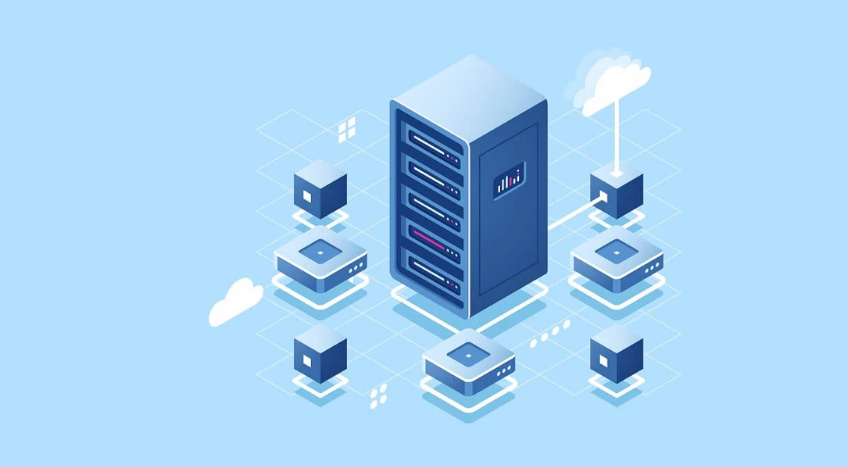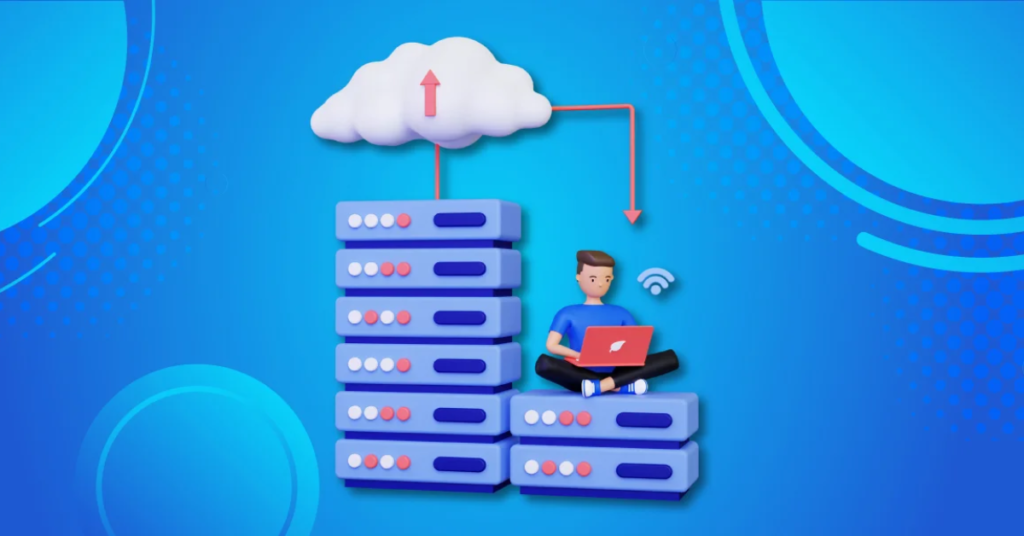Few things run a modern firm like reliable IT plumbing, and the cloud server sits at the very center of that network. Companies of every stripe-web start-up, campus-based non-profit, sprawling enterprise-pull power from this virtual hardware almost without thinking. Think of it as digital electricity: invisible, essential, and sometimes taken for granted. Yet, a quick look under the hood reveals wide differences between cloud instances, shapes, vendors, and pricing models. Picking the right flavor for a given workload can turn a good cloud bet into a breakthrough competitive edge.
The Different Types of Cloud Servers
1. Public Cloud Servers
Public cloud hosting remains the go-to for a surprising number of organizations. In this arrangement, processing power and storage live on shared hardware that multiple tenants use at once. Names like AWS, Azure, and Google Cloud have become almost synonymous with the model.
Key Benefits
Cost shows up first: customers are billed only for resources actually consumed. Scale is equally elastic; workloads can balloon or shrink without advance warning and without penalties. Because the underlying infrastructure is looked after by the provider, in-house IT teams have more bandwidth for strategic projects.
Startups in a growth spurt, dev/test outfits, and ad-hoc web hosts routinely lean on public cloud assets for that combination of agility and pay-as-you-go pricing.
2. Private Cloud Servers
A private cloud flips the script by locking a single tenant inside its own walled garden. Whether the hardware sits in a company cage or with a third-party specialist, every byte belongs to the contracting organization. That exclusivity fuels stronger governance and finer custom tuning.
Key Benefits
Security hits the top of the list: sensitive records stay off multi-tenant gear, which suits finance, healthcare, and subject-to-audit verticals. Administrators can stitch compliance features directly into the stack rather than playing defense after the fact. Moreover, engineers are free to mold the architecture until it matches specific workload quirks.
Legislated industries, medical research houses, and any firm under strict data-handling rules often cite the private-cloud option as the only reasonable choice.
3 Hybrid Cloud Servers
A hybrid cloud server merges public-cloud elasticity with private-cloud security, giving organizations the discretion to house sensitive files behind a corporate firewall while outsourcing routine processing to an open network. This twin-approach keeps critical data close and workloads nimble.
Key Benefits
Protection remains tight where it counts, yet scale is only a click away.
On-premises gear and third-party clouds knit together with standard APIs, so provisioning rarely stalls.
Spending follows demand because resources land where costs are lowest and value is highest.
Enterprises lean toward this design because agility survives even as compliance stakes rise.
4 Multi-Cloud Servers
Multi-cloud architecture reaches across several providers in one stroke-using AWS to prototype, Azure to crunch data, and Google Cloud to test machine-learning models, all within the same workflow. Juggling accounts becomes a routine chore rather than a project.
Key Benefits
No single vendor can dictate terms when workloads scatter among rivals.
Tasks migrate to the zone that is cheapest or quickest at any given moment.
Systemic failures hurt less because backup options lie in separate vendor silos.
Teams that contend with varied workloads find multi-cloud strategy a natural fit for constant uptime and design-room flexibility.
Picking a Cloud Server for Your Organization
Deciding on a cloud server starts with a dry-eyed look at company size, industry red tape, and the appetite for monthly bills.
Public Clouds are the go-to for bootstrapped businesses that want storage and compute without a second mortgage.
Private Clouds appeal to banks, hospitals, and anyone else who treats customer data with extra gloves.
Hybrid Clouds hand over a toggle switch for teams whose workloads roller-coaster by the hour.
Enterprises with sprawling portfolios frequently spin Multi-Cloud architectures, trading extra complexity for strategic leverage.
Why Hosting Layer Matters
Platforms that shadow your operation with twin monitors of security and support let billing, payroll, and inventory hum without stage fright. Baton-passing between regions should feel invisible to end users.
At Hostaix we build these guard rails into every rack, because weve watched too many good ideas crash on meet-the-bid deadline day. Our approach flexes for high-performance apps today and the red-book compliance requests tomorrow. Cloud sketching is rarely neat, so we plan for the smudges.
Conclusion
The cloud-server landscape is far from uniform. Public racks share capacity like neighborhood sidewalks, private clusters lock resources behind fortress gates, hybrid models straddle both worlds, and multi-cloud networks scatter workloads across rival platforms. Knowing those distinctions allows an organization to match the right silhouette to its strategic moonshot.
If an executive is convinced that the cloud is no longer optional, the next step is straightforward. A phone call or message to Hostaix sparks the migration plan. The goal is practical: upgrade hosting infrastructure and nudge the business closer to pure-digital operations.



